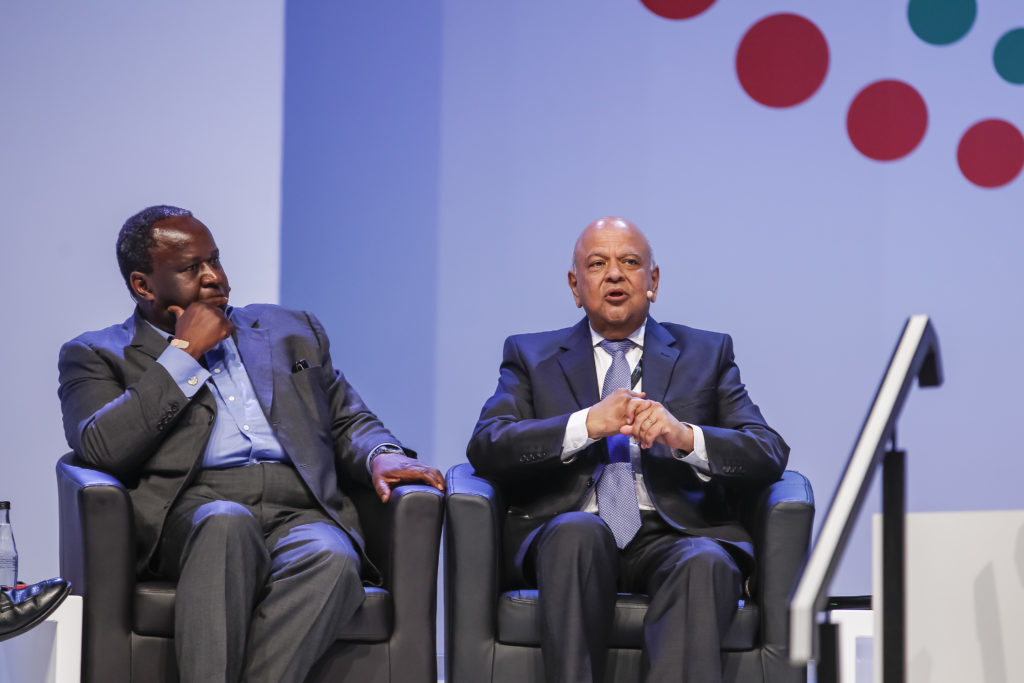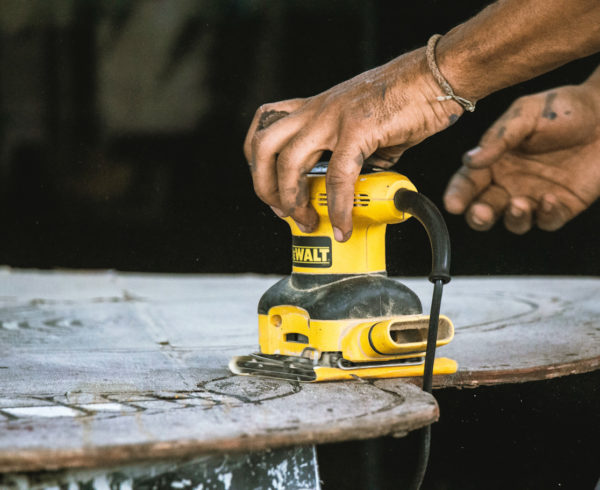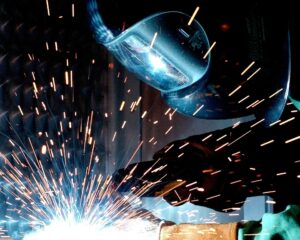Recently, I was fortunate to moderate a panel at SAIC 2019.
Having experienced last year’s conference, I wasn’t going to attend this year’s instalment but felt the tug of national duty when asked to moderate. On the panel, I enjoyed, inter alia, listening to the thoughts of Finance Minister Tito Mboweni and Public Enterprises Minister Pravin Gordhan as they addressed the crucial subjects of infrastructure and energy. The panel also consisted of executives from global and domestic finance institutions and a global infrastructure-related OEM.
Now that SAIC 2019 has come and gone, what did I learn?
1. A confident, hard-working President
President Cyril Ramaphosa has grown in confidence over the last year in driving his stated investment outcomes. His increased confidence was visible relative to his performance last year. Our President works hard and is hustling for our country. He almost looked like he was enjoying himself. Well done to him and his team! It is building a national confidence that should trickle down into our economy.
2. The value of symbolic gestures and SAIC’s increasing influence
SAIC as a gathering is practical, but in many ways, more valuable symbolically. The underlying work associated with the announcements could have been done and dusted in closed door, boardroom-style meetings. However – in most instances – shouting about the announcements loudly and publicly brings awareness, focus and a sense of momentum. Maybe the 1980s hit-producing band Tears for Fears had a point with their therapeutic guidance “Shout, shout, let it all out!”
The power of this symbolism makes SAIC an unmissable event in our national economic calendar. It is a major gathering of the country’s political and business elite where investors, international chambers of business and sectoral coalitions all appear eager to get in on the game. This augers well for generating buy-in to the country’s investment requirements.
3. Bringing the right people together can drive simple, practical solutions
During the panel discussion, Siemans Southern and Eastern Africa CEO Sabine Dall’Omo proposed more than a few simple, practical solutions related to South Africa’s critical energy infrastructure. As Dall’Omo spoke, I saw Minister Gordhan whip out his note book and write down a few of these suggestions. While it may appear innocuous, for me, it is a sign that her words resonated with him. As we seek to turn South Africa around, convening conversations is a simple but critical step towards finding solutions. It’s inexpensive and easy to arrange.
4. We need to address South Africa’s high-value strategic skills visa regime, now
South Africa is a skills-scarce environment. It is critical that large South African businesses and State Owned Enterprises have timely access to globally-available scarce skills. We are living in a world of South African skills emigration, yet we need these skills today more than ever. However, the current visa regime makes our country a difficult destination to work in. It’s an obvious low hanging fruit. It’s not difficult and costs nothing. The scrapping of the unabridged birth certificate requirement for inbound travellers recently is evidence of what can be achieved if we put our minds to the task.
5. Institutional innovation for increased investment
We are seeing at least three forms of institutional innovation.
Firstly, the State is innovating in how it leverages high calibre individuals to drive investment promotion. President Ramaphosa’s use of investment envoys springs to mind, comprising seven top notch business and political leaders. But also, the clever design employed by Minister Patel. For example, Harald Harvey’s involvement in driving the Textiles Agreement is a case in point. He has global business, trade union and government experience, all at a senior level. The model is tractable and repeatable. It reminds me of the so-called revolving door model employed by the enormously successful (then-named) Japanese Ministry of International Trade and Industry (MITI), where industrial policy is driven by senior skills interchanging and building cooperative private-public relations.
Secondly, partnering with the private sector. The new approximately R400 billion Infrastructure Fund housed at the Development Bank of South Africa looks to utilise public funds and crowd-in private sector funding from our local long-term savings industry. Well done to both sets of players. Infrastructure plays a vital role in making an economy tick.
Thirdly, the State is innovating in how it manages large, complex, cross-functional infrastructural investment. The establishment of a dedicated Investment and Infrastructure Office in the Presidency is a master stroke. It is exciting that a heavy hitter such as Dr Kgosientso Ramokgopa will head the new Investment and Infrastructure Office.

6. Mining dominated the investment announcements. This is both good and bad
Mining still dominated the investment announcements in Rand value. We are going to have to think deeply about the path dependency of our economy. Some of the miners are doing ridiculously innovative things, with Anglo American’s Zimele initiative having sustained tens of thousands of jobs and funded over 2000 SMMEs. Marc Cutifani, Anglo American’s CEO, also spoke about how mine infrastructure can be leveraged for socially and commercially productive engagements with communities. They pledged R72 billion in investment at the conference, while Exxaro committed R20 billion and Rio Tinto R6.5 billion. Exxaro invested R40 million into their YDX programme, working with SADICO, to provide digital technology training to 400 youth in Limpopo and Mpumalanga.
This is to be welcomed by all South Africans, but we need to also do the hard business of diversifying our economic base. Pledges by the likes of MTN (R50 billion over five years), NAAMSA (R6 billion), Legacy Group (R3 billion), Coca-Cola (R14.7 billion) and Amdec Group (R14 billion) among others are a good starting point. But, it is not enough in relation to the much needed diversification of our economy.
7. Winning breeds winning. Thank you, Springboks, for showing how its done
The rugby metaphors were built into almost all major announcements, with the Springboks having won the Rugby World Cup the previous Saturday. They deserve a big thank you. They build our country’s brand in a manner that allows the President and South Africa to leverage that narrative. Success appears to lead to more success.
SAIC 2019 was a valuable exercise in bringing together key players in our economy, putting them in the same room and allowing for an exchange of ideas. If we are to repair our fractured country, we must harness all the skills, resources and goodwill we can muster.
Based on what I saw at SAIC 2019, I’ll be back.
Want to learn more about our team? Connect with our staff on LinkedIn or call 011 233 0000.









